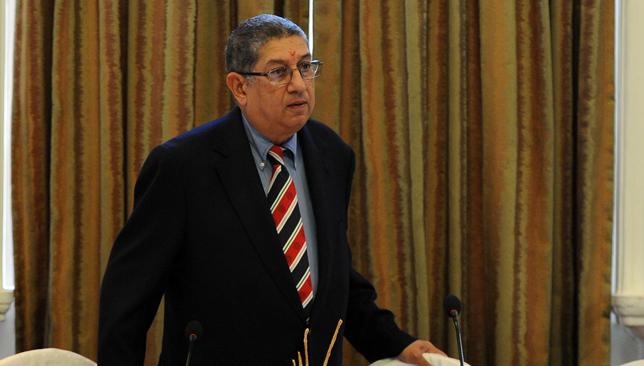
Cricket’s global governance is set to undergo an overhaul in the next couple of days in Dubai and if the controversial draft is any indication, the revamp will lead to some deep divisions.
In simple terms, the ‘Big Three’ – the Board of Control for Cricket in India (BCCI), the England and Wales Cricket Board (ECB) and Cricket Australia (CA) – will be exercising a lot of, if not complete, control over how the sport will run in the future.
This alliance between the three boards is purely for financial gains and will give them a better control of the revenue.
Currently, the International Cricket Council’s (ICC) returns are shared equally between the 10 full members – the Test-playing nations.
The BCCI, however, feel aggrieved because they contribute 80 per cent while other full members’ input ranges between 0.1 and five per cent. Now they want to turn it over and are demanding a bigger share.
The Indian board’s claims appear fair to a certain extent simply because no team generates as much revenue as their national team does for member nations when India host them.
Interestingly, BCCI do not earn much if they host the weaker nations, say like Zimbabwe or Bangladesh. No wonder then that in 13 years, India have not hosted Bangladesh at all but have travelled there to play four Test series to help the minnow nation fill their coffers.
There is also a proposal to delink the ICC from Future Tours Programme, which anyway had been inviting lot of criticism of late, and leave it to the member nations to decide on the bilateral series.
The other big changes include doing away with the proposed World Test Championship and reinstating the Champions Trophy one-day tournament.
A two-tier Test structure with promotion and relegation which will not be applicable to India, Australia and England has also been mooted. The BCCI hand is clearly visible in these radical changes.
However, the surprise allies have been England and Australia, who have often taken a high moral stand on all matters cricket but have emerged as equally power-hungry as their Indian counterparts.
It takes us back to the days when England and Australian boards ruled the roost and they were happy playing each other, hosting most global events and even demanding guaranteed money from nations to play matches against them.
It was India who broke that hegemony, beginning with their national team’s 1983 World Cup success and Jagmohan Dalmiya’s elevation as president of the ICC in 1997.
Soon they began to contribute hugely to the revenue streams and also played a key role in the return of South Africa to the Test fold. However, the current proposals appear to be the opposite of what that Indian board once championed – equality.
Inspite of all the uproar, the changes are likely to make the cut as the New Zealand and West Indies boards have already thrown their weight behind the ‘Big Three’.
With five sure votes in the bag, two more are needed for the proposals to go through, which they should get without much trouble.
And when that happens, it will be a retrograde step for cricket.